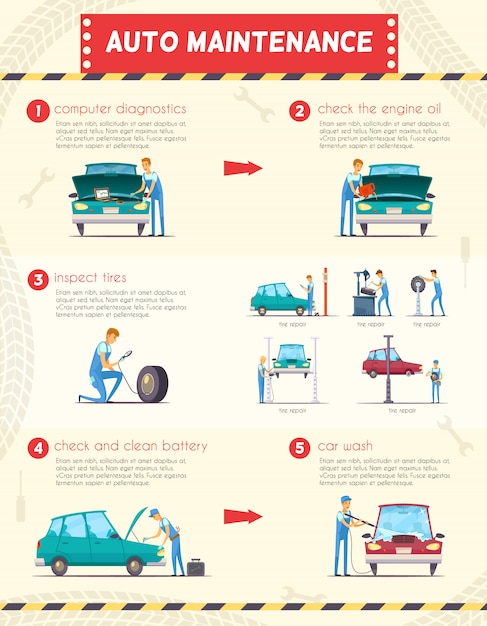Assessing Your Vehicle'S Warning Indicators: What They Truly Communicate
Assessing Your Vehicle'S Warning Indicators: What They Truly Communicate
Blog Article
Team Writer-Higgins Stark
When you lag the wheel, those beautiful caution lights on your dashboard can be a little bit complicated. Do you recognize what they're trying to tell you concerning your car's health? Understanding the relevance of these lights is crucial for your safety and security and the longevity of your car. So, the following time among those lights pops up, would not you want to decode its message accurately and take the required steps to address it?
Common Warning Lighting and Interpretations
Identify typical caution lights in your car and understand their definitions to ensure safe driving.
The most regular caution lights include the check engine light, which signifies problems with the engine or exhausts system. If this light begins, it's important to have your vehicle inspected quickly.
The oil pressure warning light indicates reduced oil stress, needing immediate attention to prevent engine damage.
A blinking battery light could suggest a damaged charging system, potentially leaving you stranded if not attended to.
The tire pressure surveillance system (TPMS) light informs you to reduced tire stress, affecting automobile security and fuel performance. Ignoring this could cause hazardous driving problems.
The abdominal light shows an issue with the anti-lock braking system, jeopardizing your capability to quit quickly in emergencies.
Lastly, the coolant temperature advising light warns of engine getting too hot, which can lead to severe damage if not resolved promptly.
Recognizing these usual caution lights will aid you attend to concerns immediately and keep secure driving conditions.
Significance of Prompt Attention
Comprehending the typical warning lights in your auto is just the very first step; the value of immediately addressing these warnings can't be emphasized enough to ensure your safety when traveling.
When a caution light illuminates on your control panel, it's your cars and truck's method of communicating a potential problem that needs attention. Overlooking these warnings can bring about much more serious troubles down the road, jeopardizing your safety and security and possibly costing you much more in repairs.
Trigger interest to alerting lights can stop breakdowns and mishaps. For instance, a blinking check engine light could suggest a misfire that, if left neglected, might cause damage to the catalytic converter. Addressing this quickly can conserve you from an expensive fixing.
In a similar way, a brake system advising light might indicate low brake liquid or worn brake pads, important parts for your security when driving.
Do It Yourself Troubleshooting Tips
If you notice a caution light on your dashboard, there are a few DIY troubleshooting pointers you can try before seeking professional aid.
The first step is to consult your automobile's handbook to comprehend what the particular warning light shows. Often https://daltonxqibu.blogoxo.com/31341769/trick-recommendations-top-10-tips-for-determining-the-best-auto-service-center-in-your-region can be as easy as a loose gas cap setting off the check engine light. Tightening the gas cap might deal with the trouble.
Another common problem is a low battery, which can trigger different alerting lights. Inspecting the battery links for rust and ensuring they're safe and secure may deal with the issue.
If a caution light continues, you can attempt resetting it by disconnecting the automobile's battery for a couple of minutes and then reconnecting it. In addition, checking your lorry's liquid levels, such as oil, coolant, and brake liquid, can help fix warning lights connected to these systems.
just click the up coming internet site
In conclusion, recognizing your car's warning lights is necessary for keeping your automobile running efficiently and safely. By quickly resolving these alerts and knowing what they imply, you can prevent pricey repair services and potential breakdowns.
Bear in mind to consult your cars and truck's manual for certain details on each warning light and act as necessary to make sure a hassle-free driving experience.
Keep educated, remain https://www.wtkr.com/news/local-auto-shops-prepare-for-impact-of-supply-issues-from-russia-ukraine-conflict on the road!
